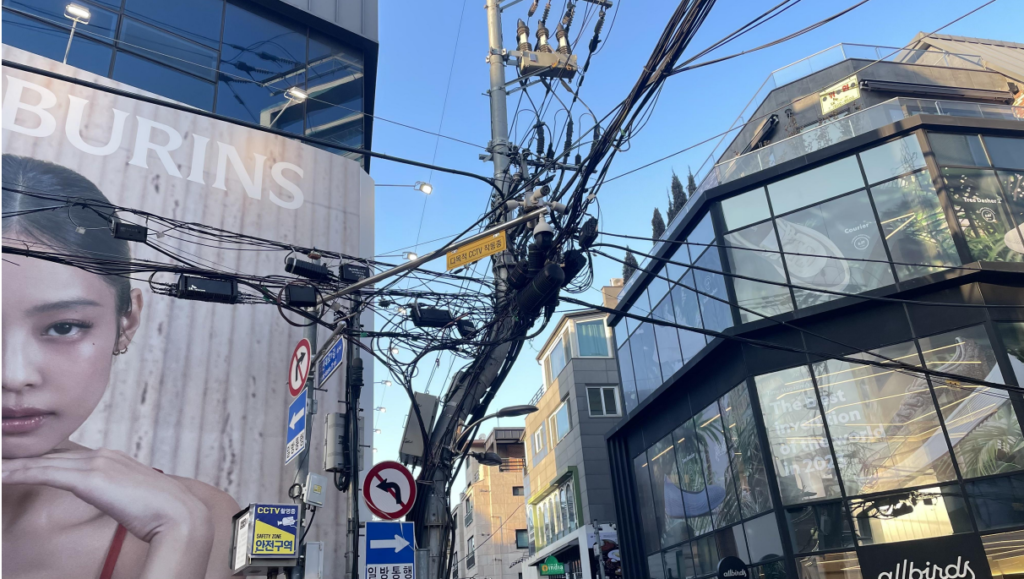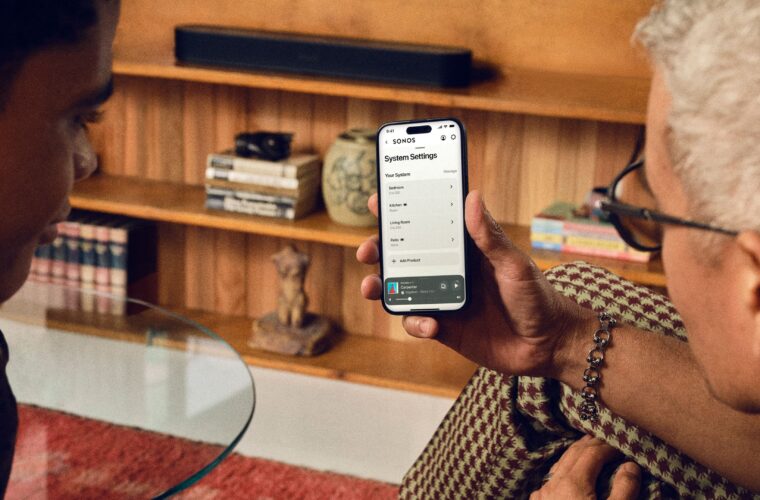Utility pole: One of the things that tourists who visit South Korea notice during their stay is the messy wires around electricity poles. It is not difficult to find utility poles with tens of wires connected, criticised by many people for spoiling urban skylines.
A 2020 report said that there were more than 10 million electric poles built across the country, and the rate of poles buried underground hovered at 12 per cent. The number of poles in South Korea is far less than in other countries; for example, the United States operates more than 180 million utility poles.
The chaos of wires seems to be from none other than poor management and miscommunication with telecommunication companies. Out of 10 million poles, 4 million poles had telecom companies’ wires, and 10 per cent of them were installed without legal permission from the government.
How did this happen?
According to the current guidelines in South Korea, telecom companies must pay some rental fees to Korean Electric Power Corporation (KEPCO) to use electrical poles when they add communication cables to messenger wires. A messenger wire is a zinc-coated wire installed on a utility pole to support communication cables. Per pole, there can be a maximum of two messenger lines and 24 communication wires for each line.
However, many of these communication cables are found not connected to the messenger wires or bear safety hazards, are damaged or cut, and face down to the ground. In some cases, the number of communication wires connected per messenger wire seems to be way over 30, with companies not removing the wires installed before they attach another one. A 2019 report said more than 1.2 million communication cables were built without KEPCO’s permission.
As to communication lines, the KEPCO gives no specific legal guidelines for management to enforce telecom companies. Telecom companies can simply pay the rental fees for the poles they are using and leave the wires unmonitored.

If the wires they installed seem to have the potential to cause harm, KEPCO can ask responsible telecom companies to fix or remove them. Still, with no legal obligation to abide by their requests, the response rate of these companies is going downhill. In 2019, 84 per cent of KEPCO’s wire fix requests saw follow-up measures from telecom companies, but in 2023, the rate dropped to 63 per cent.
Utility pole
KEPCO can also charge telecom companies that built unpermitted wires on utility poles fines that are two to four times bigger than usual. From August 2015 to August 2019, more than 1.3 million communication wires were found to be built without permission, and KEPCO fined the three telecom giants – SK Broadband, KT, and LG UPlus, more than 157 billion won (US$118 million).
An official with a telecom company, who wished not to be named, said it is not easy to report KEPCO before installing communication wires since it takes too long to hear back from it. Another anonymous telecom company official said that the mess around utility poles is because “there are too few utility poles compared to the huge demand for telecommunication services,” and “it will take too much time and cost to bury electric wires, especially in urban areas where there are legal, administrative issues.”
Continued investment to clear the sky
Utility poles with unorganised wires can be a cause of blackouts and a danger to pedestrians, especially in natural disasters. For example, more than five thousand poles fell in 2012 in South Korea when two typhoons, Bolaven and Sanba, hit the country consecutively.
The government has been making significant investments to clean up the messy wires. From 2016 to 2020, South Korea renovated more than 400,000 utility poles in 1,700 areas. In 2021, the Ministry of Science and ICT said that they will invest more than 2.8 trillion won until 2025 to organise electric cables and partner with local governments, KEPCO, and broadcast and telecommunication companies.
More recently, in January 2024, KEPCO announced the removal of unpermitted communication wires from February 2024 to 2027. The organisation explained that this is to improve the appearance of cities and ensure safer operation of utility poles. The goal is to clean over 40,000 kilometres of unpermitted wires during the policy period, KEPCO said.



